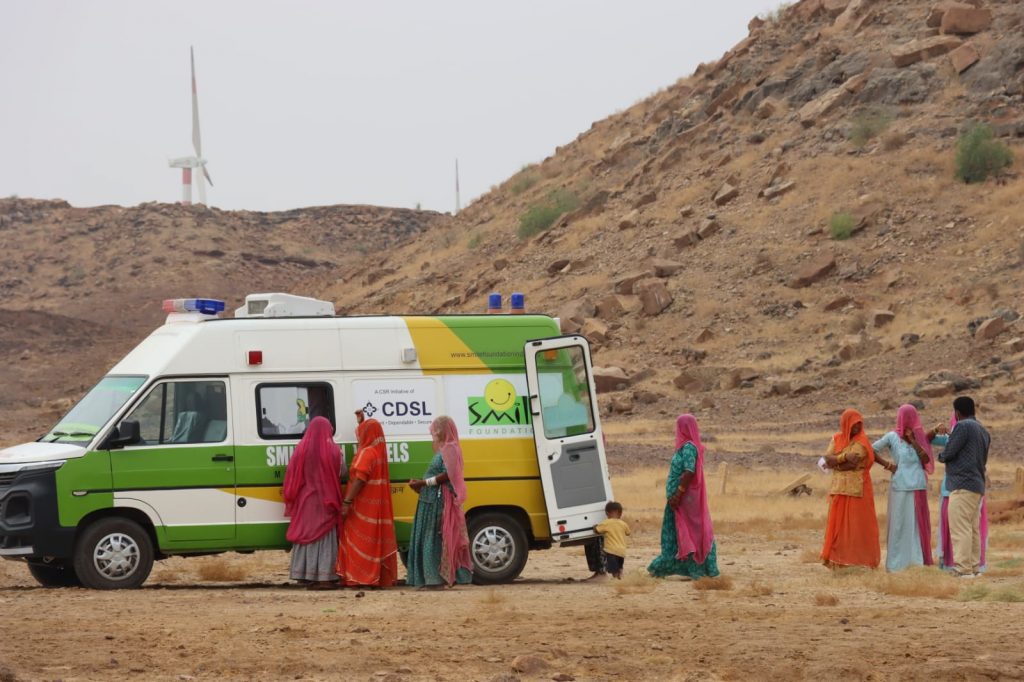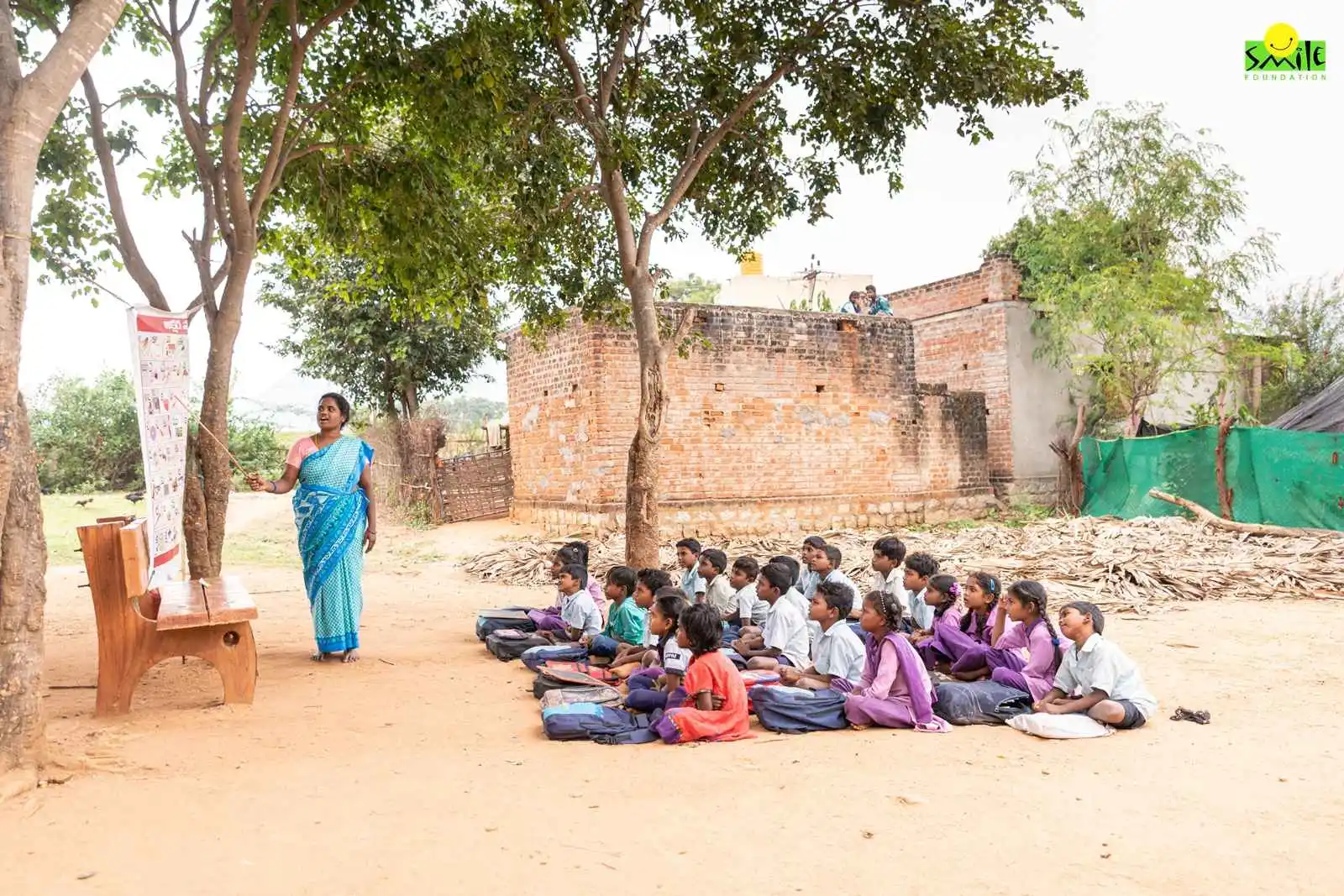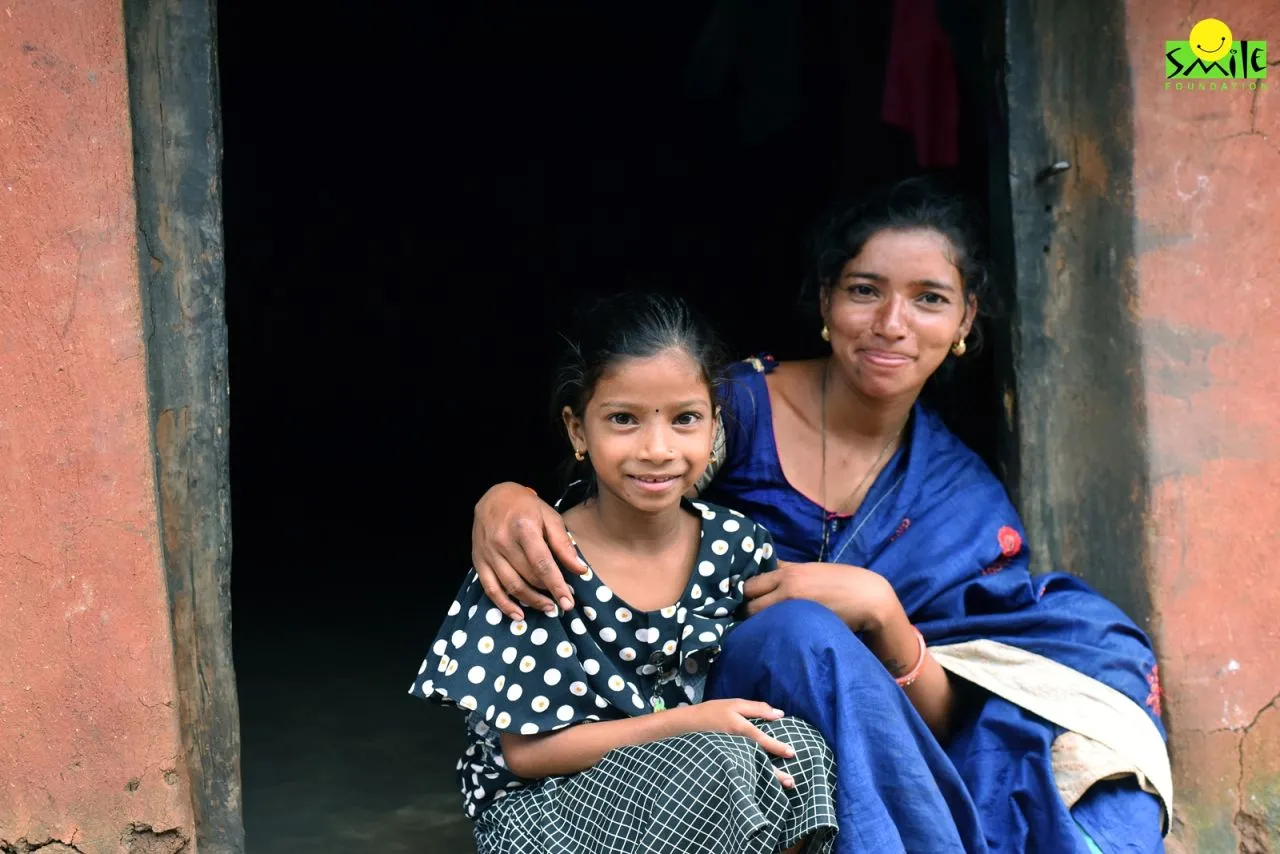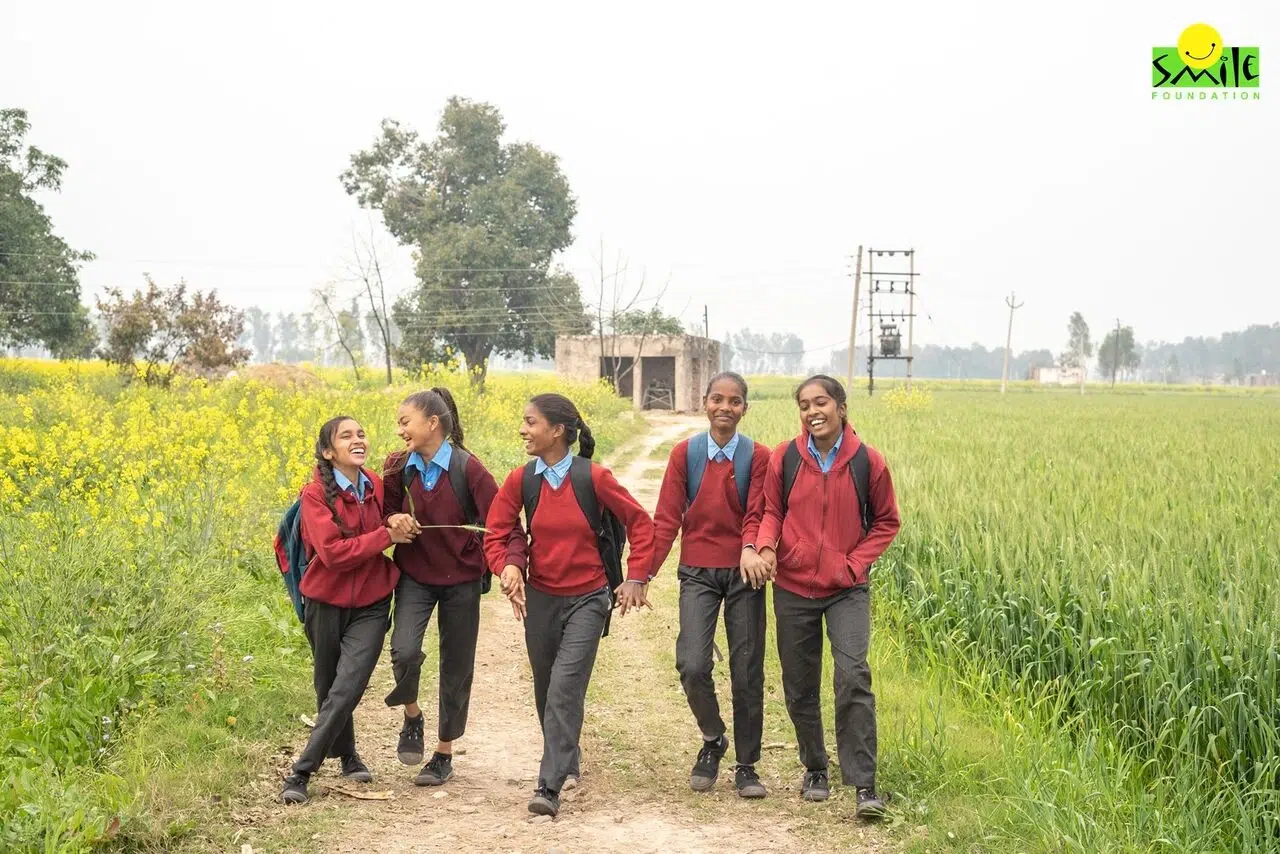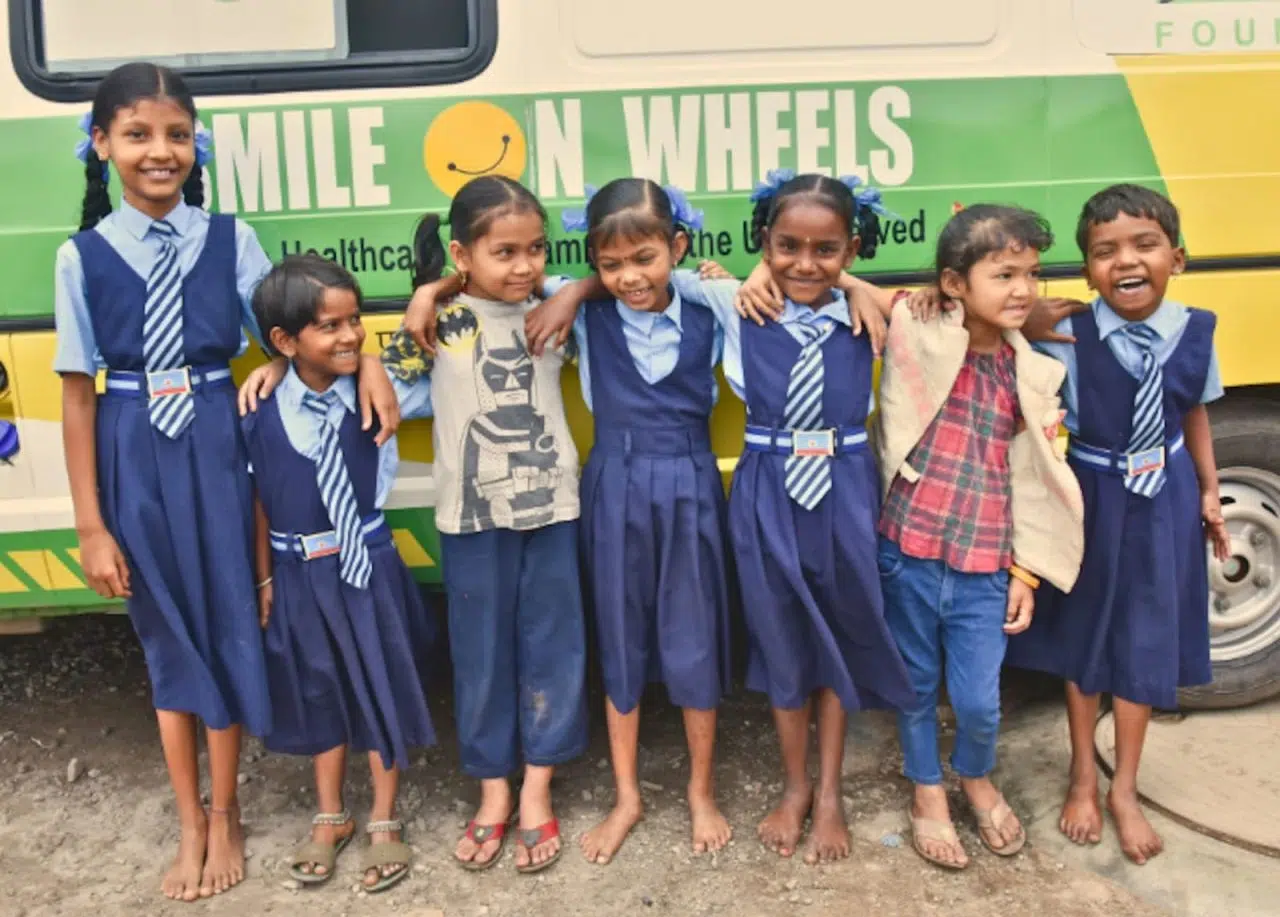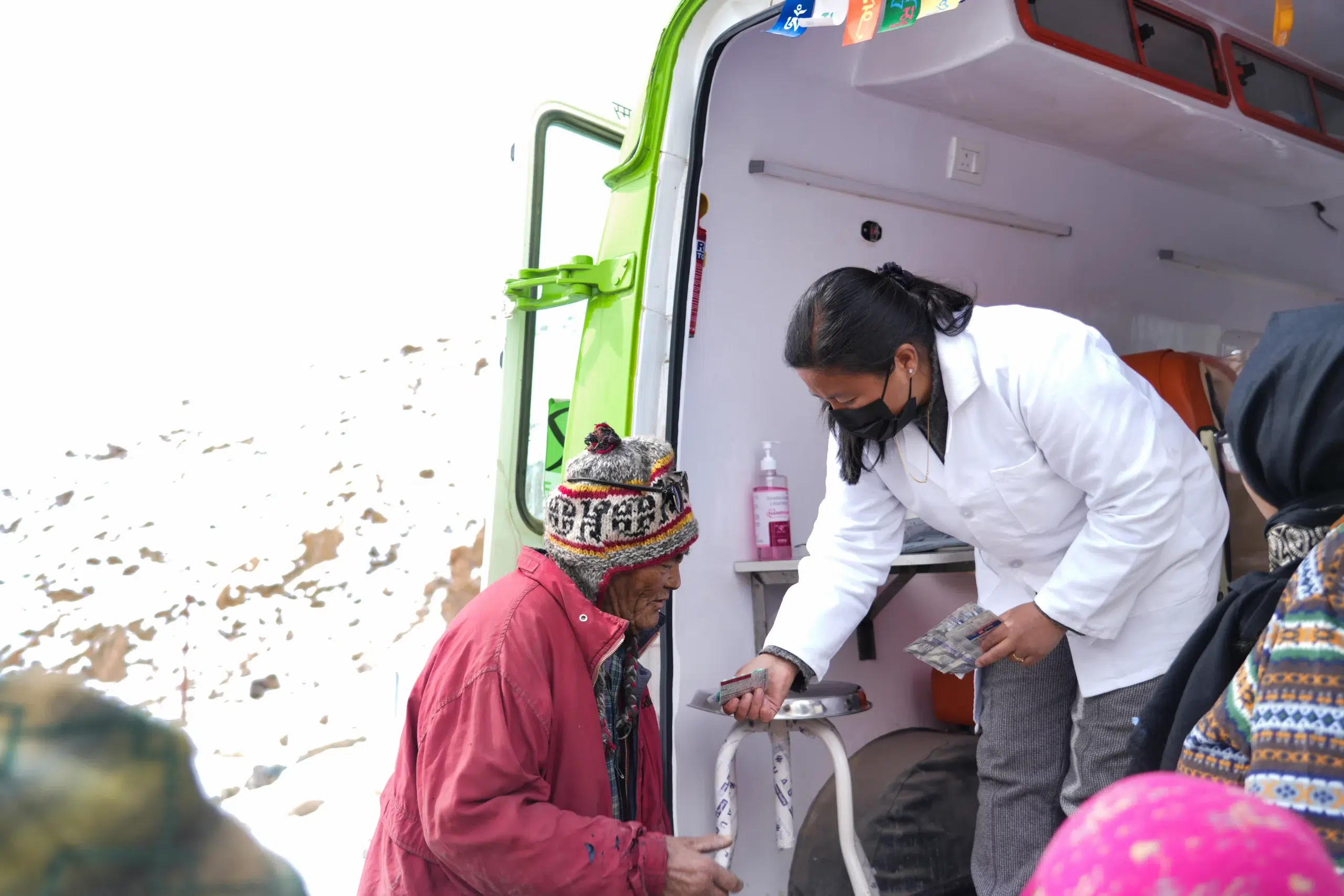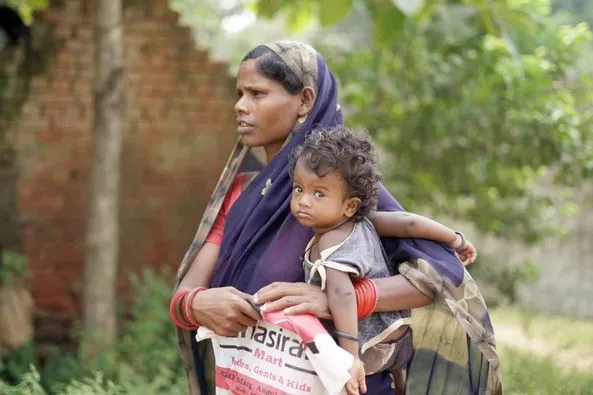India’s healthcare system, with its vast and varied landscape, faces significant challenges in delivering quality medical services to its 1.4 billion inhabitants. Despite various progressive initiatives, the country still struggles with inadequate infrastructure, a shortage of healthcare professionals and urban-rural disparities.
In such a context, travelling doctors offer a promising solution. These healthcare professionals equipped with their mobile medical units (MMUs) provide essential healthcare services directly to remote and underserved communities, bridging gaps in accessibility and delivering specialised services where they are most needed.
Why are travelling doctors necessary?
The Indian healthcare system, encompassing both public and private sectors, offers a broad range of services. Government initiatives like the National Health Mission enhance the availability of medical equipment and supplies while also encouraging community involvement and participation in healthcare decision-making and service delivery. The Ayushman Bharat scheme provides health insurance coverage per family for hospitalisation.
Despite these improvements, the system encounters major obstacles such as insufficient infrastructure, a lack of healthcare professionals, disparities between urban and rural areas, limited insurance coverage and inadequate public funding. Fragmented healthcare services and poor transportation further exacerbate these issues. To address these challenges and improve service delivery, more robust healthcare delivery methods are needed. Evidence shows Outreach health practitioners and MMUs can offer a viable solution in areas with inadequate local healthcare.
How Travelling Doctors Impact the Health Scenario of India?
Enhancing Accessibility
Rural areas, home to 69% of the population, have only 26% of hospital beds and a third of healthcare professionals. With over 65% of rural Indians lacking access to essential medicines and many forced to travel over 30 kilometers for primary healthcare, the disparity is stark.
The challenges of uneven terrain, infrequent transportation and financial constraints further limit access to basic health services, often driving individuals to seek care from the unorganised, informal and expensive private healthcare sector. By offering both primary health services and specialised treatments right at the doorstep, mobile healthcare delivery is transforming healthcare accessibility in rural India.
Improving Affordability
Travelling to a healthcare facility often means taking time off work resulting in a loss of daily wages. This financial burden compounded by the potential out-of-pocket expenses for medical treatment, can be catastrophic for those with limited resources. As a result, many choose to forgo medical care altogether, leading to worsened health outcomes and a vicious cycle of poverty and illness.
Travelling doctors are breaking these barriers by bringing healthcare directly to economically and geographically disadvantaged communities. These units eliminate the need for arduous travel, providing high-quality, low-cost care at the doorstep.
Strengthening Public Health System
Preventive care is essential for reducing disease burden and traveling doctors can play a key role in this. MMUs help deliver vaccines to remote areas, preventing outbreaks and engaging in health education, enhancing hygiene, nutrition and disease prevention to improve overall health.
Outreach doctors and mobile health units help enhance public health systems by providing services where government facilities are limited. They improve the reach and effectiveness of health programmes, especially in maternal and child health, thereby supporting underserved communities and strengthening overall healthcare delivery.
Travelling Doctors vs. Telemedicine: Can One Replace the Other?
Telemedicine offers a cost-effective and sustainable way to deliver healthcare, especially in urban areas with good connectivity. However, in rural areas, it faces significant limitations like poor networks and slow response times. In India, patients are accustomed to physically visiting the hospital and consulting with the doctor directly for their treatment needs. Thus, the unavailability of doctors for real-time consultation might lead to patient frustration. In addition, even a minor communication error during a telemedicine session could have serious consequences.
Moreover, people from lower socioeconomic backgrounds may lack access to smartphones or struggle with digital literacy, reducing the effectiveness of telemedicine. On the other hand, traveling doctors address these challenges by providing direct, in-person care, building trust and ensuring accurate diagnosis and treatment. Therefore, while telemedicine has its merits, travelling doctors are often a more practical and effective solution in rural and underserved regions.
Smile On Wheels: Delivering Healthcare to the Last Mile
Smile Foundation’s Health Cannot Wait initiative is bringing healthcare directly to those who need it most. Our Smile on Wheels programme uses mobile healthcare units to reach underserved and remote areas, where accessibility is limited. These mobile clinics equipped with medical facilities and staffed by healthcare professionals, deliver essential services like check-ups, vaccinations and health education right to people’s thresholds. By offering both preventive and curative care in these hard-to-reach areas, Smile on Wheels helps bridge healthcare gaps, encourages health-seeking behaviour and ultimately improves overall well-being among very low-income populations.
Identifying the Barriers
Despite their benefits, outreach doctors and MMUs face several challenges. Limited resources and funding can affect their sustainability and effectiveness. Ensuring that mobile units are well-equipped and adequately staffed requires significant investment. Additionally, logistical issues such as maintaining the functionality of vehicles and managing supplies in remote areas can be challenging. There are also cultural and communication barriers that can affect the acceptance and effectiveness of mobile health services. Addressing these shortcomings is fundamental to maximising the impact of travelling doctors.
Way Forward
In a developing country like India, with vast geospatial diversity, utilising innovative methods of healthcare delivery is integral. Travelling doctors providing medical services on wheels represents a significant advancement in addressing India’s healthcare challenges, particularly in rural and underserved areas.
While challenges remain, a focused effort to strengthen and expand mobile healthcare services can lead to a more equitable and effective healthcare system. Training local health workers to operate and manage MMUs can enhance their effectiveness and acceptance in communities. In addition, collaboration between the government and non-governmental organisations can help improve logistical coordination and further optimise mobile healthcare delivery, ensuring that all Indians, regardless of their location, have access to the care they need.



